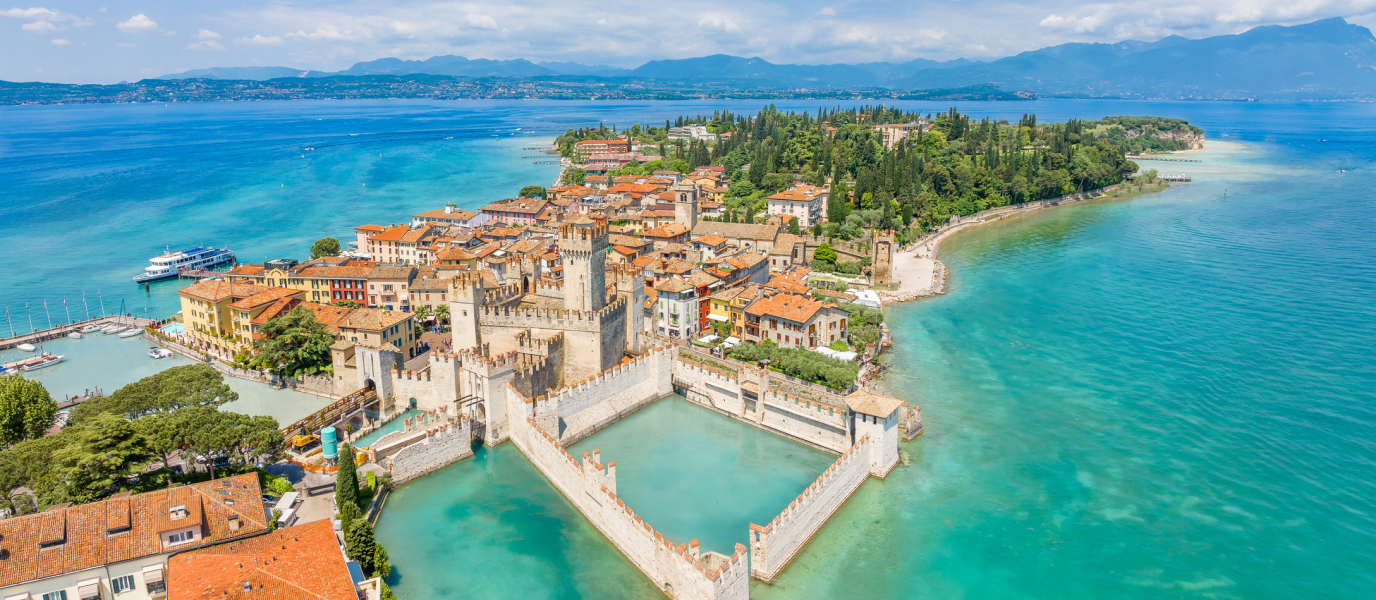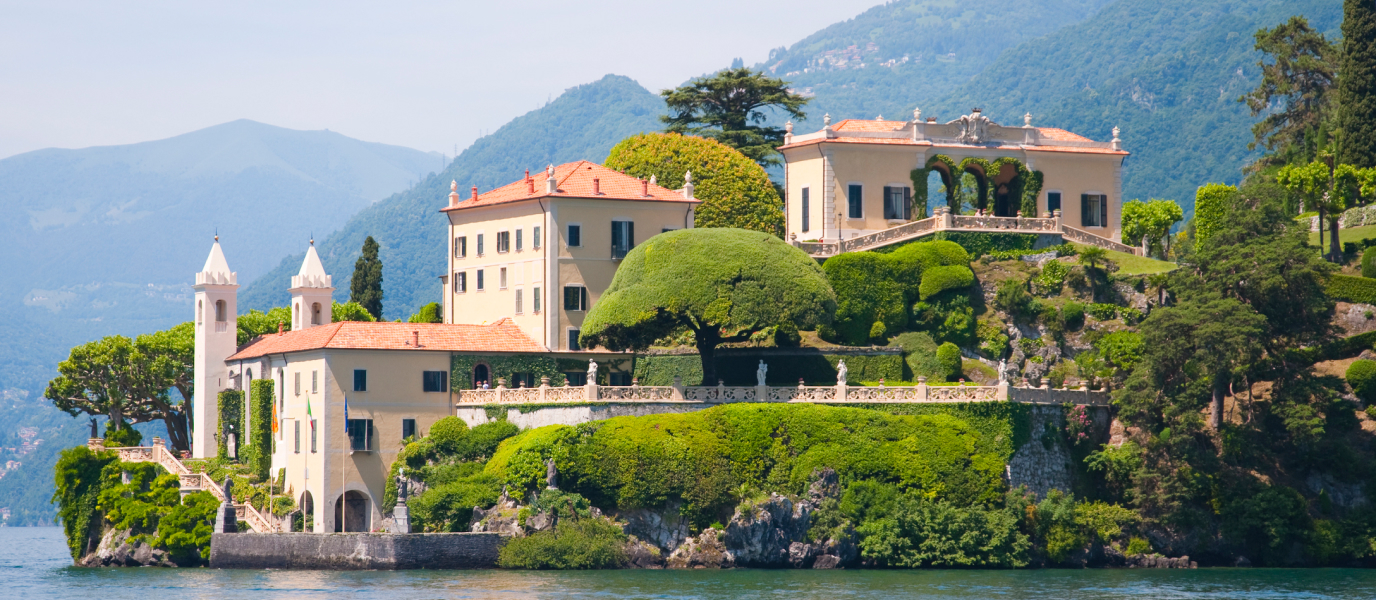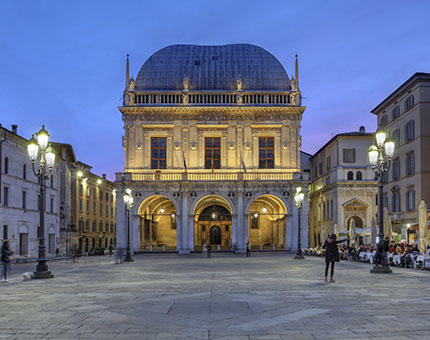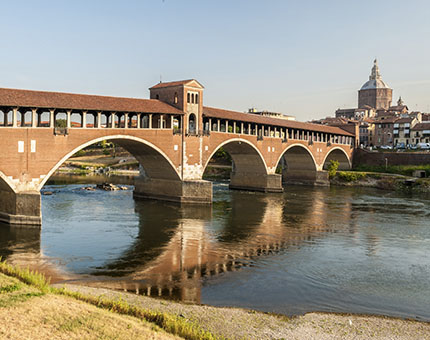For many people in the Italian Alpine region, Lake Como may be the most famous. But Lake Garda is the real star. Firstly, not only is it the largest natural freshwater body of water in this area, but in the country as a whole.
In fact, the lake covers three different regions: Lombardy, Trentino-Alto Adige, and Veneto.
Secondly, because the nature of Lake Garda itself and the surrounding area is one of the main symbols of biodiversity in this part of Italy. Closely related to this natural aspect is the fact that Lake Garda is also a favourite place among the Milanese for sports such as hiking, mountain biking, sailing, and swimming.
Thirdly, because the towns surrounding the lake, especially Sirmione, have a great historical and artistic significance for the region and the rest of the country. This is reflected in the existence of many monuments and villas in which some of the greatest figures in Italian history have lived.
Sirmione, a jewel on the shores of Lake Garda
Sirmione is known as the jewel of Lake Garda. And that’s no exaggeration. Indeed, this riverside town is full of interesting monuments and its town layout is a true aesthetic wonder. It’s undoubtedly the most scenic of all the towns on the northern shores of Lake Garda, situated on a peninsula that extends some four kilometres into the lake.
For centuries, Sirmione has also been one of Italy’s most renowned pre-alpine seaside resorts. It’s well known for what is probably its most iconic monument: the Grottoes of Catullus. Despite its name, it is actually the remains of an ancient Roman villa dating back to the 1st century AD.
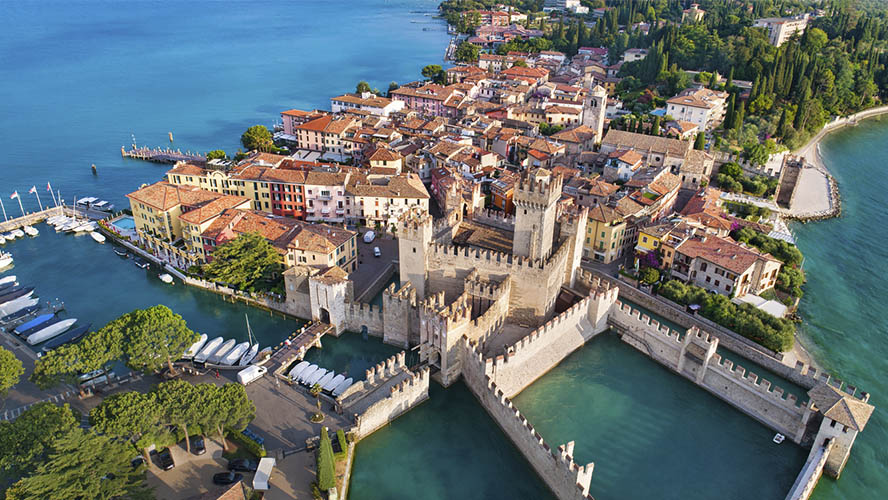
Other places worth visiting in Sirmione are:
- Roca Scaligera: the town’s fortress was built around the 8th century, but it’s very likely that it was built on an ancient Roman fortification. It’s one of the best preserved medieval castles in Italy and is the gateway to this small town’s historical area.
- Beaches of Sirmione: in summer, they have little to envy of those along the Mediterranean coasts of other areas of Italy. Most of them offer all you need to have a swim and to practise a wide range of water sports.
- Rabbit and Garda Islands: visiting these two islands is one of the most enjoyable half-day excursions on Lake Garda. The first is uninhabited and the second is a private island with a villa built in a striking Venetian Gothic style.
- Thermal baths of Sirmione: over 125 years old, this spa centre has been partly renovated to meet the needs and tastes of 21st century spa visitors.
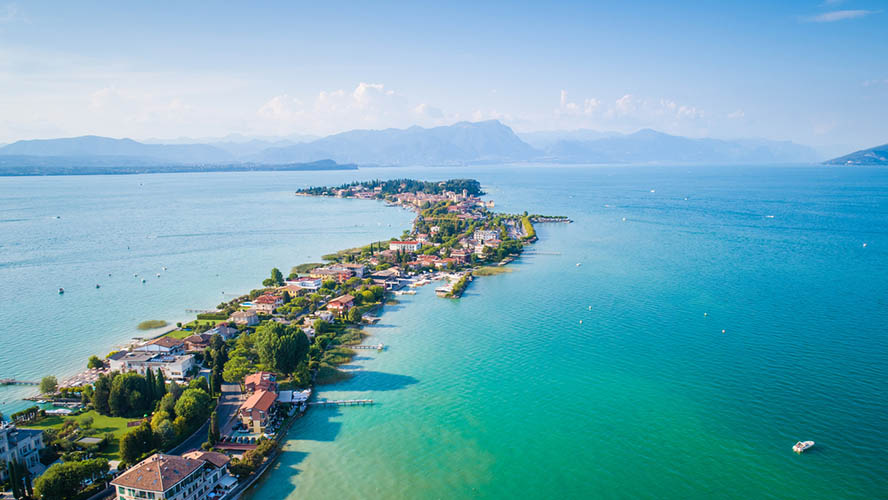
What to see at Lake Garda
Lake Garda has a perimeter of about 160 kilometres and a surface area of 368 square kilometres. These figures are enough to understand the huge size of this lake area. We can therefore easily conclude that there are plenty of good things to see at Lake Garda. Here are a few examples:
Riva del Garda
Along with Sirmione, it’s probably the most striking place along Lake Garda in its entirety. Right at the foot of the Alps, it has a maze-like layout. From the 34-metre high Apponale tower, you have a beautiful view of the lake and its surroundings.
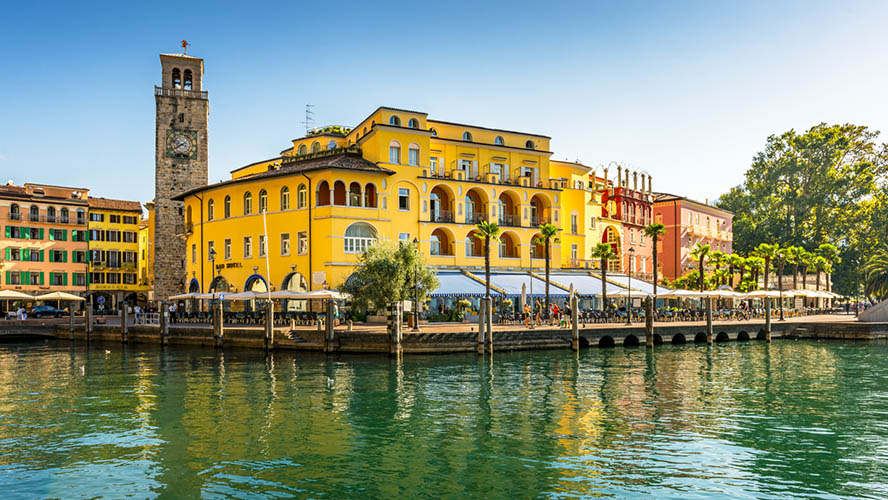
Limone sul Garda
A town that was difficult to access until the 1940s, today it’s quite popular for its beautiful gardens and beaches. Also for the citrus groves that fill the surroundings of the village with colour (and aromas).
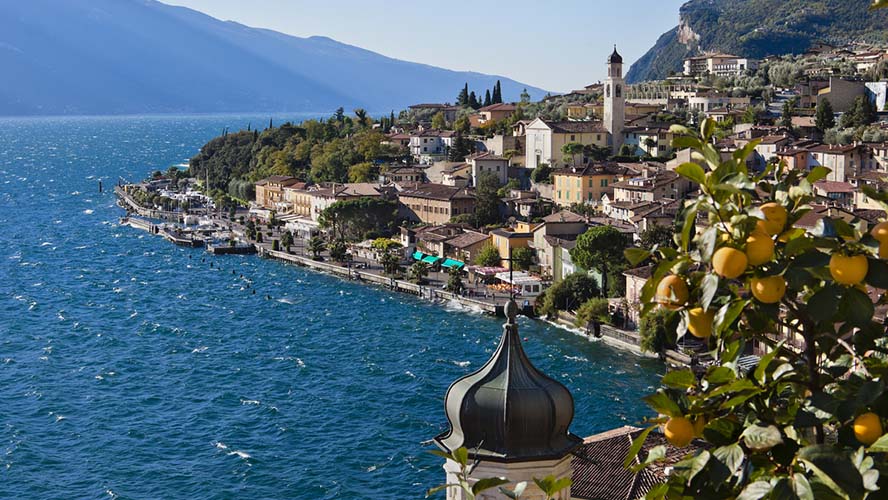
Monte Baldo
At 2,218 metres high, the hike to the top of this pre-Alpine mountain offers what is undoubtedly the most spectacular view of Lake Garda. Right at its foot is the town of Malcesine, which preserves its medieval layout.
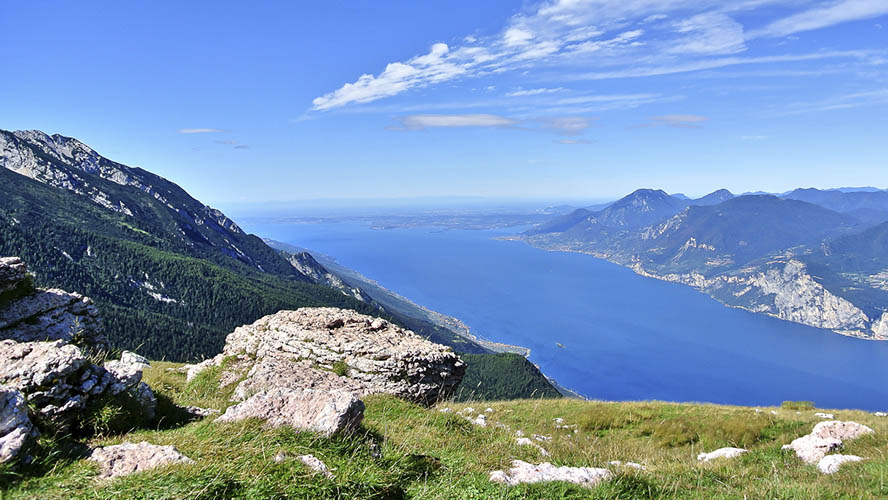
Torbole
It’s also next to Mount Baldo. This town, nestled between the impressive cliffs of the mountain itself that plunge into Lake Garda, is impressive. Its houses are therefore arranged in the shape of an amphitheatre.
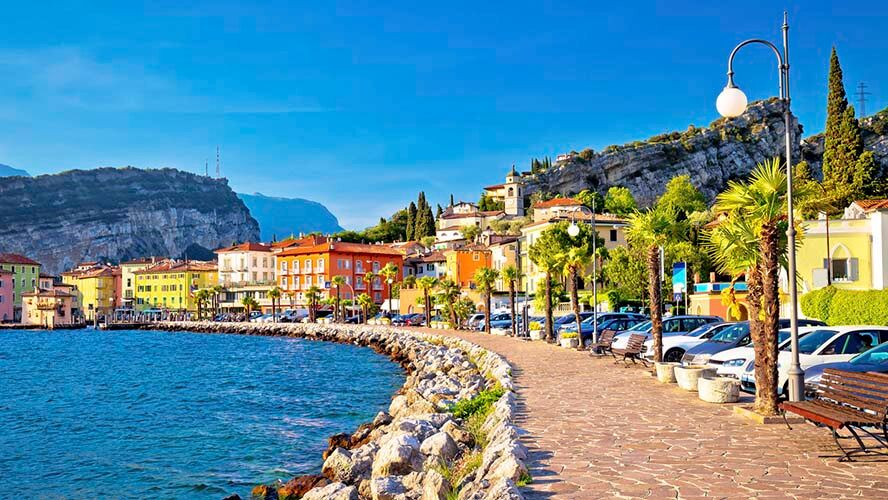
Bardolino
It’s an old fishing village that still retains some of its original appearance. Today it’s also highly appreciated for the red wine produced in its fields, which has its own Denomination of Controlled Origin.
Gardaland
This theme park is the ideal place for a day out with children. It’s open most of the year and offers specific activities depending on the season. It’s located in the no less interesting town of Peschiera del Garda.
Garda Lake: experience nature
Due to its geographical location, Lake Garda is a complex ecosystem. A special place between the Alps, the Dolomites and the Padan Plain, where thousands of species of animals, plants, and fungi coexist.
One of the unique features of this former glacial area is that, being protected from the north winds by the Alpine mountain range itself, it’s a relatively mild, almost Mediterranean habitat.
This explains the existence of certain aquatic species that don’t inhabit other mountain lakes. For example, the carpione (Salmo carpio), an endemic fish that only lives at the bottom of Lake Garda.
The banks are full of Mediterranean trees such as cypresses, cedars, olive trees (wild and cultivated), oleanders, and also some palm trees (obviously introduced by man throughout history).
The bird life is very important, although some species that used to nest in the lake have ceased to do so (such as flamingos and pelicans). There are still large colonies of wild ducks, herons, coots, moorhens, swans, and common gulls.
More information:
How to get to Lake Garda
- By car: Lake Garda is around 140 kilometres from Milan. It can be reached in about two hours on the A4 motorway.
- By train: from Milano Centrale you can travel by train to the Desenzano del Garda-Sirmione station. The journey takes just over an hour and there are several daily services.
Further information
Information about Lake Garda on the Italy Tourism website.




































































